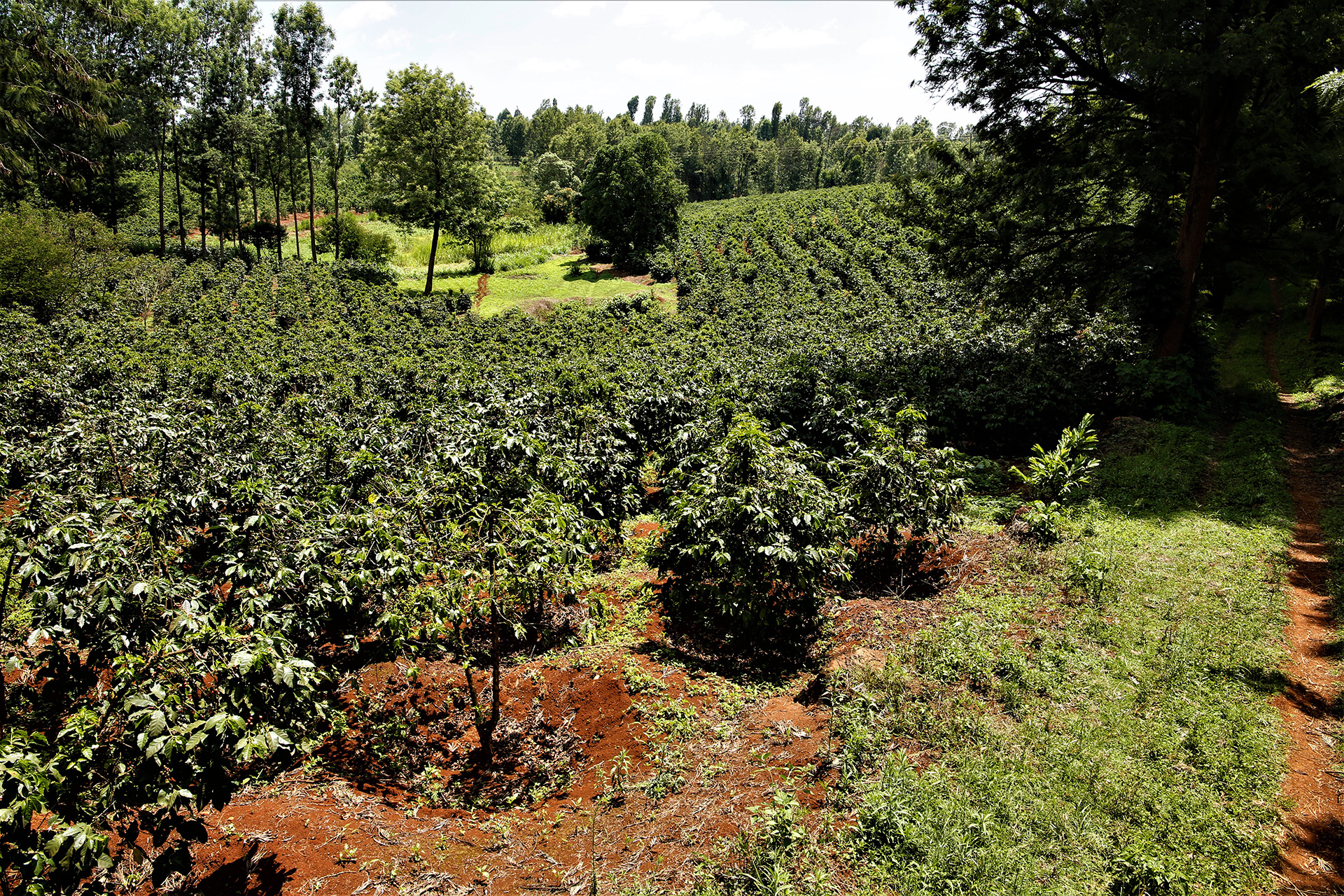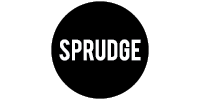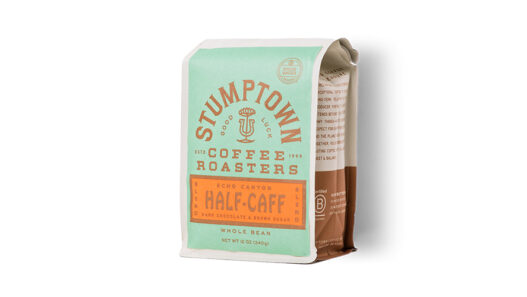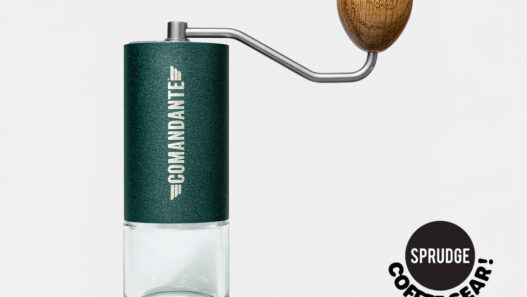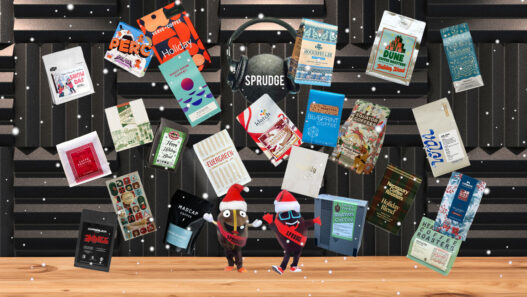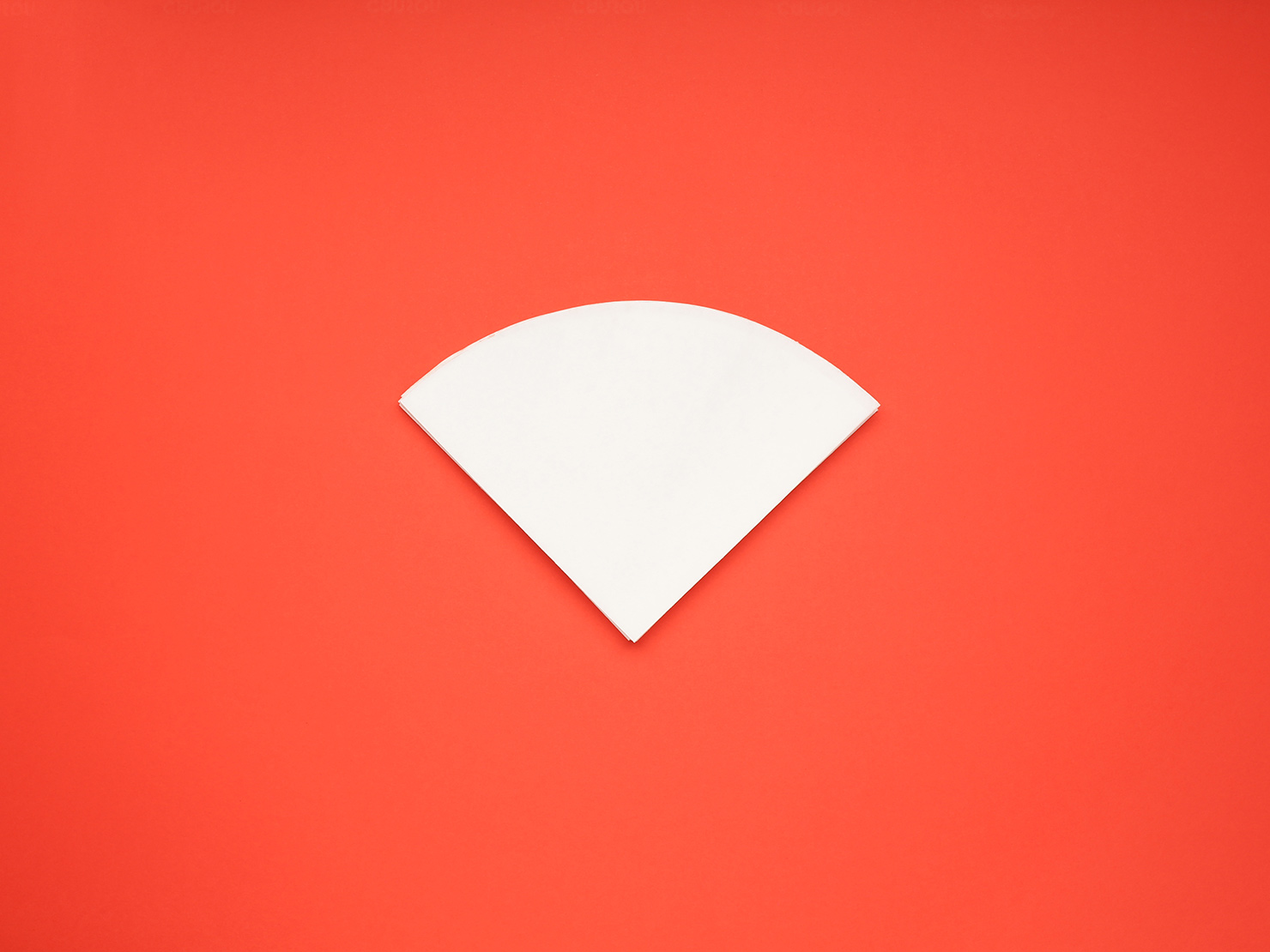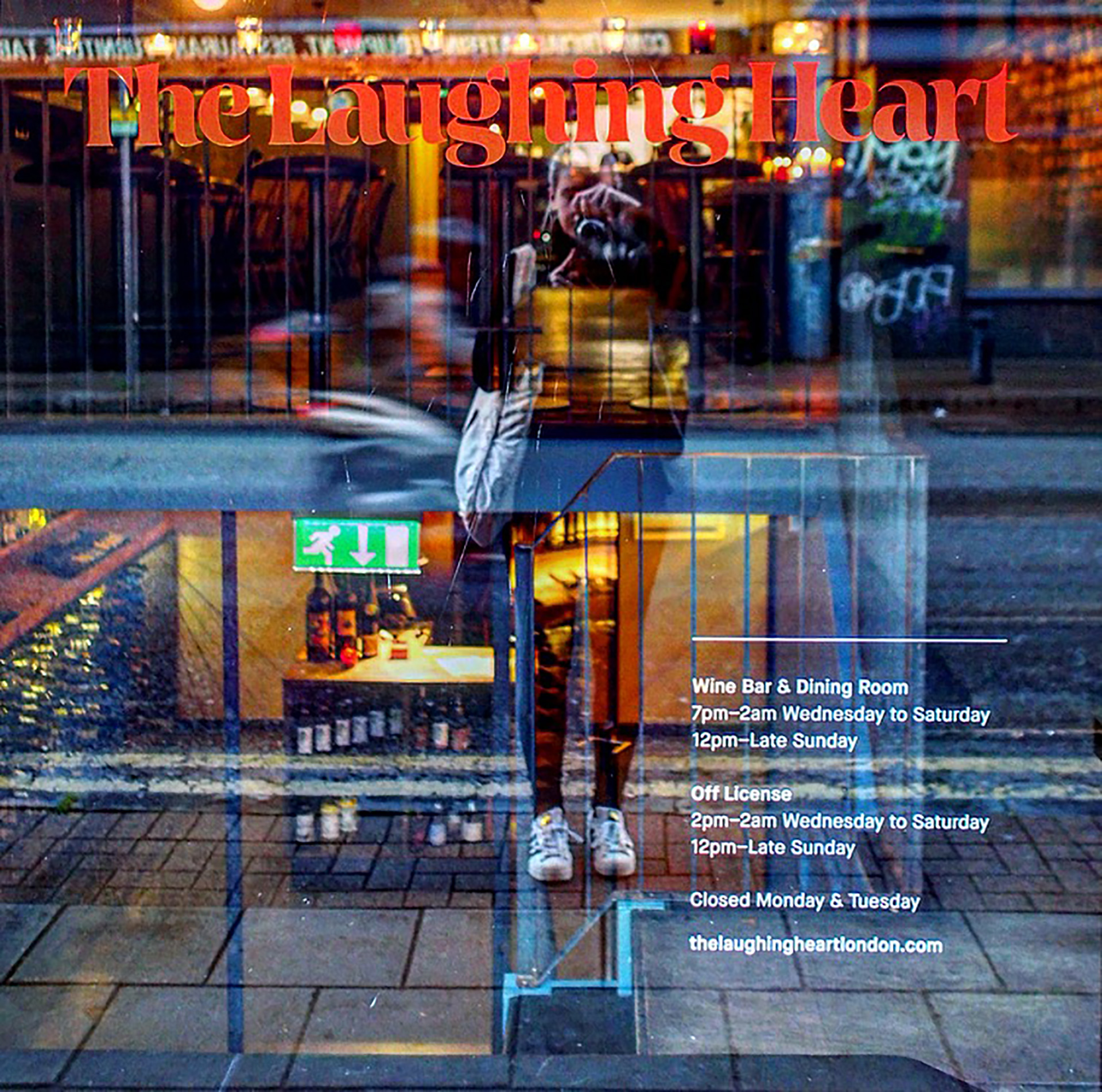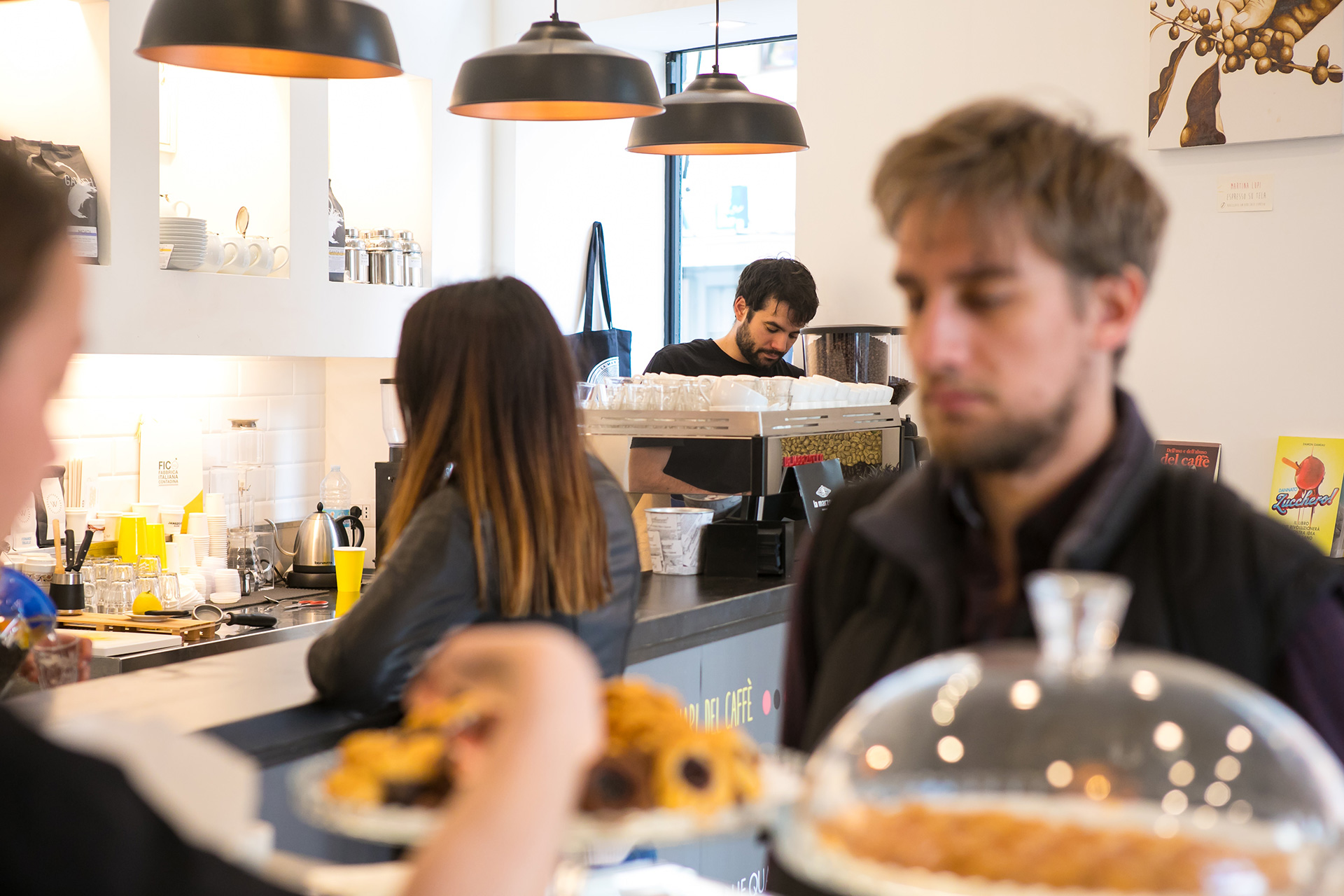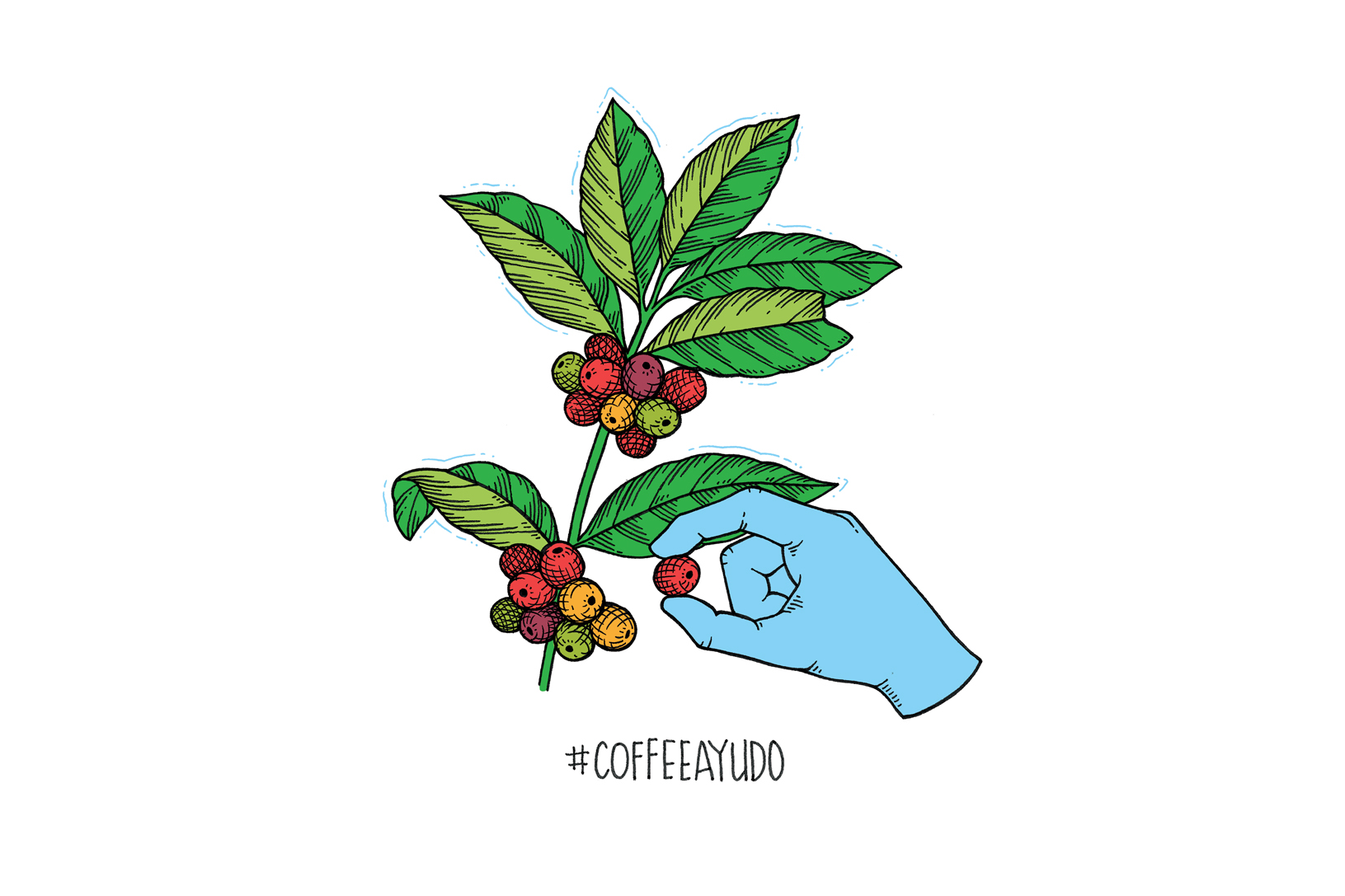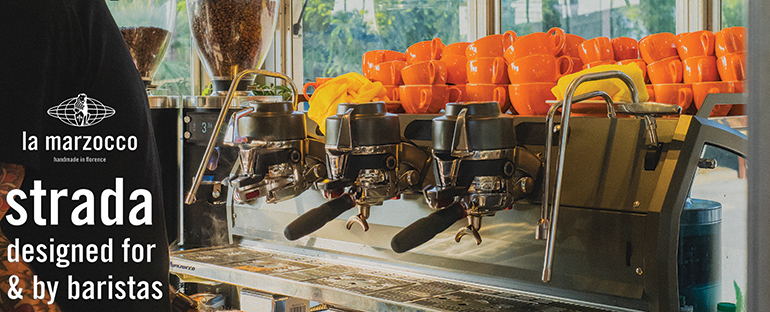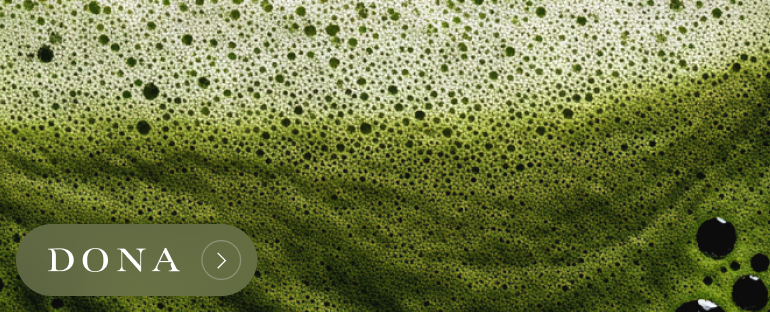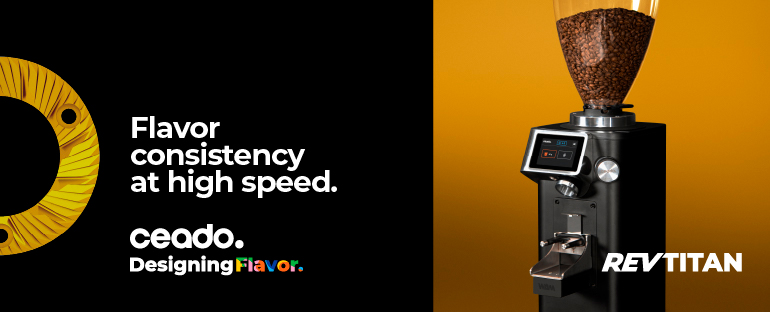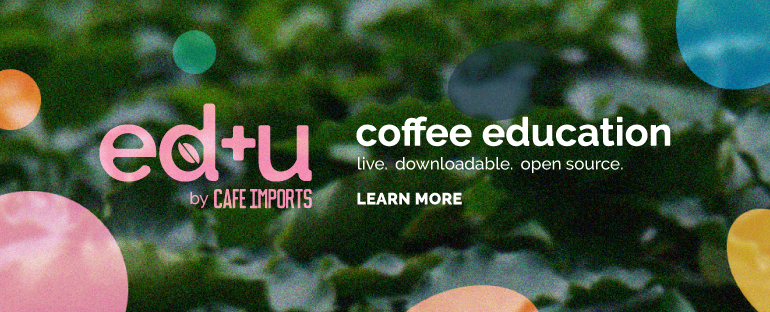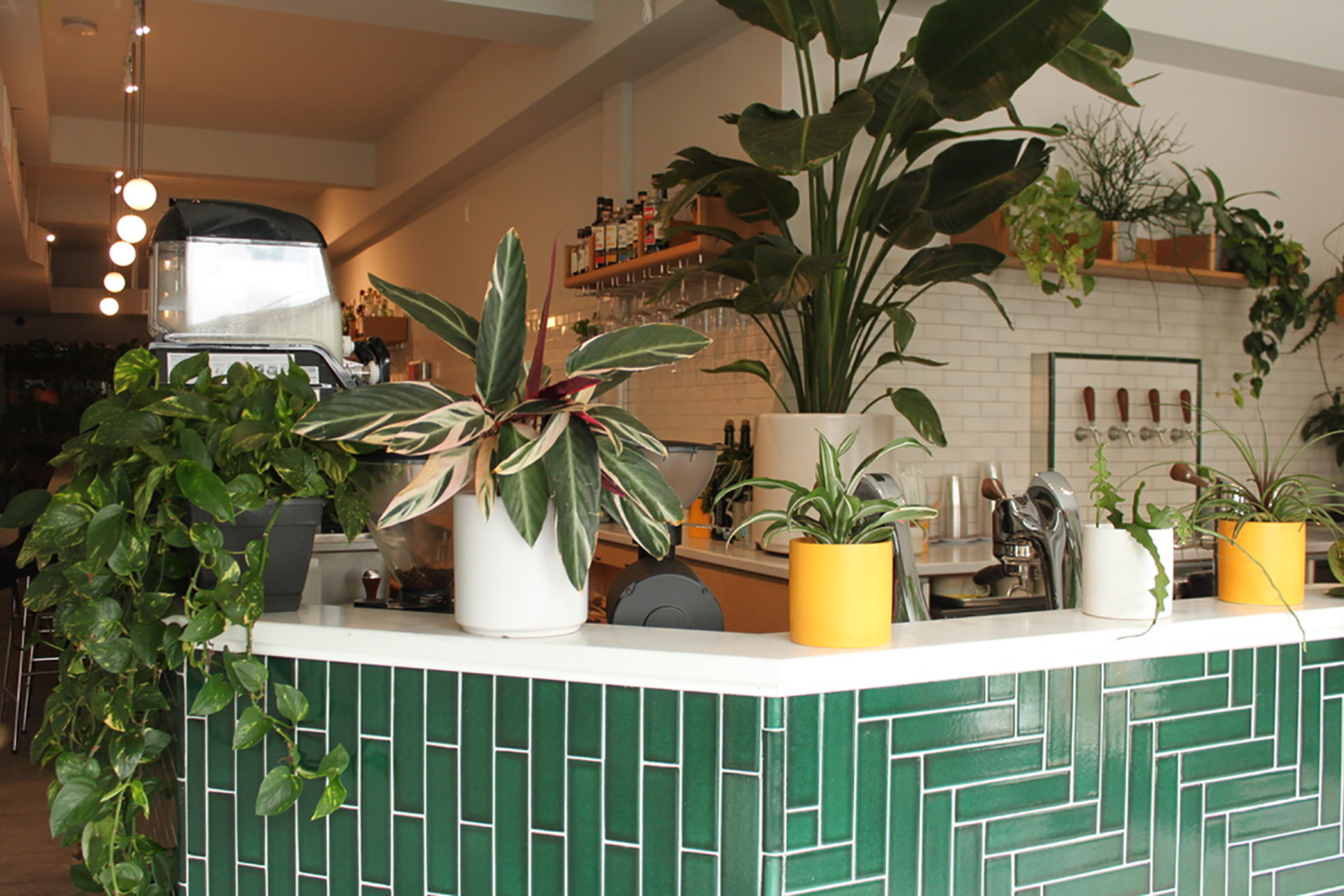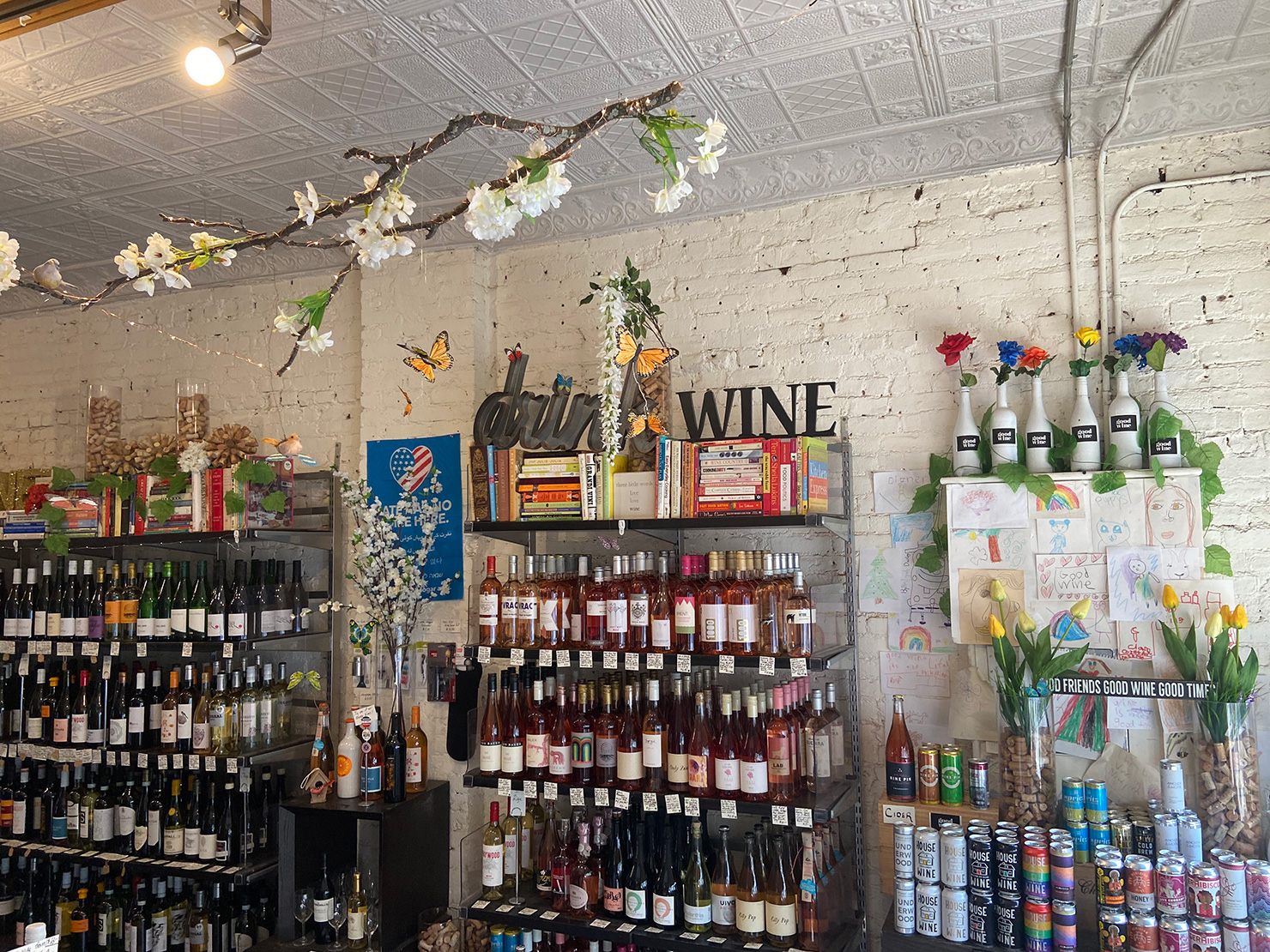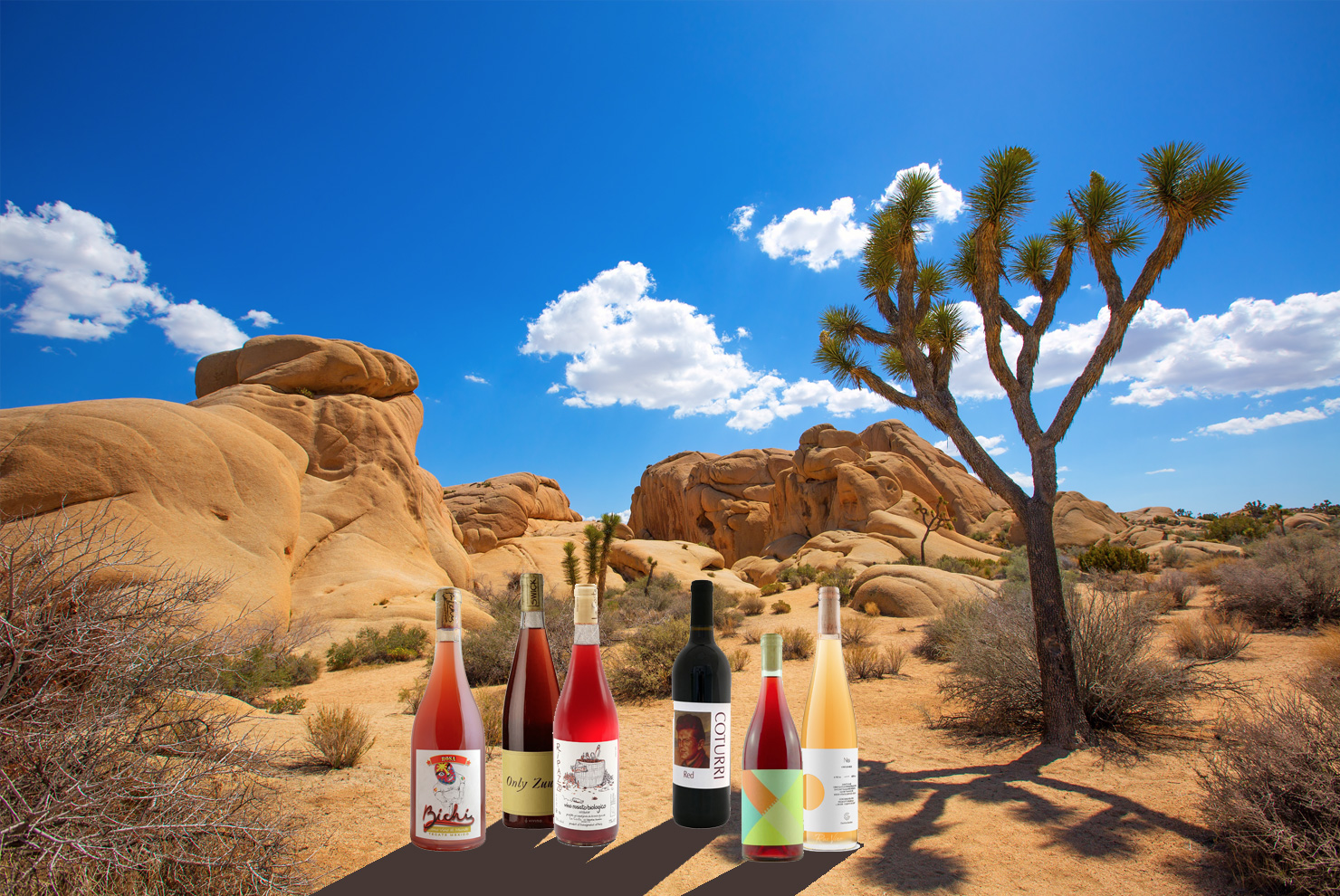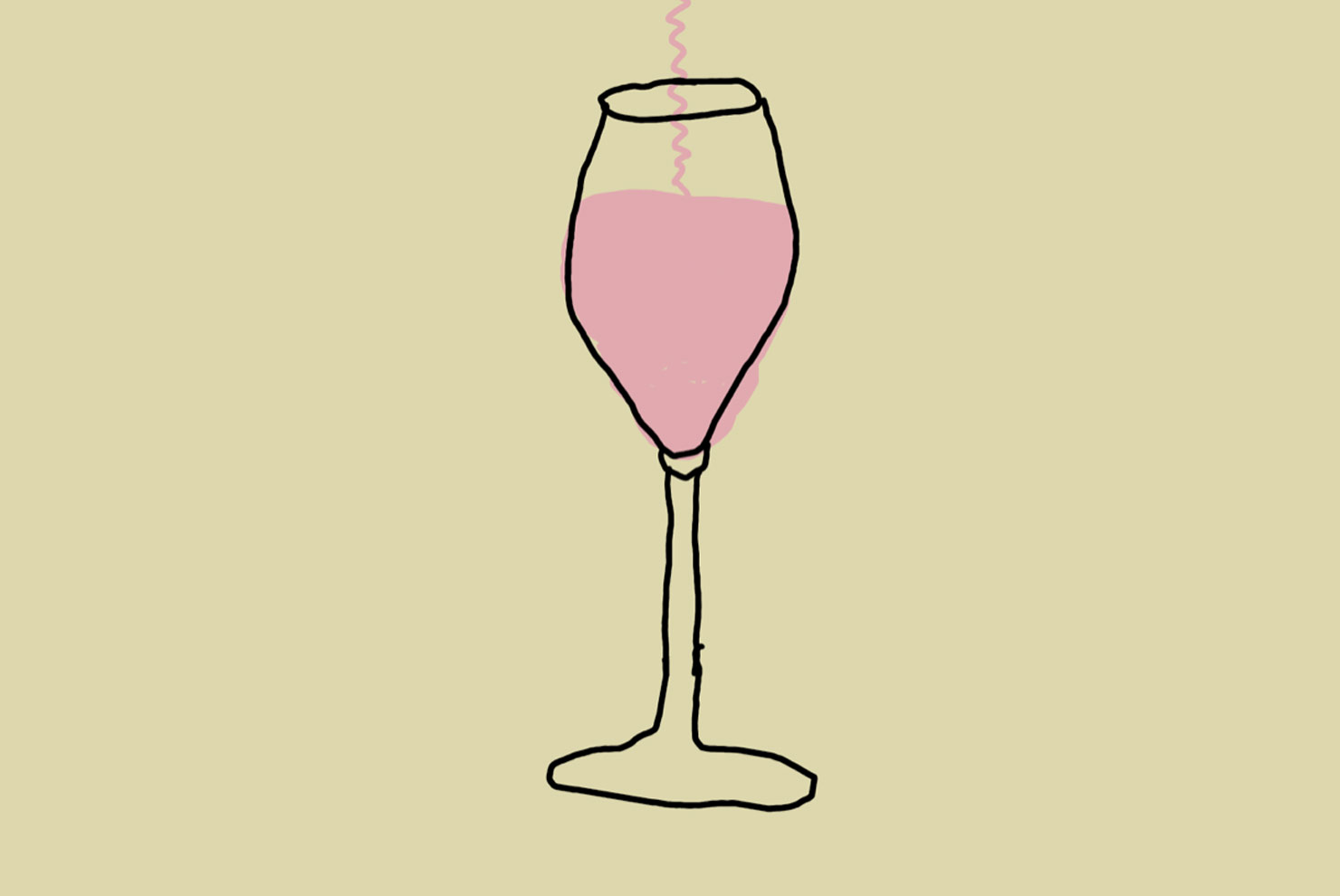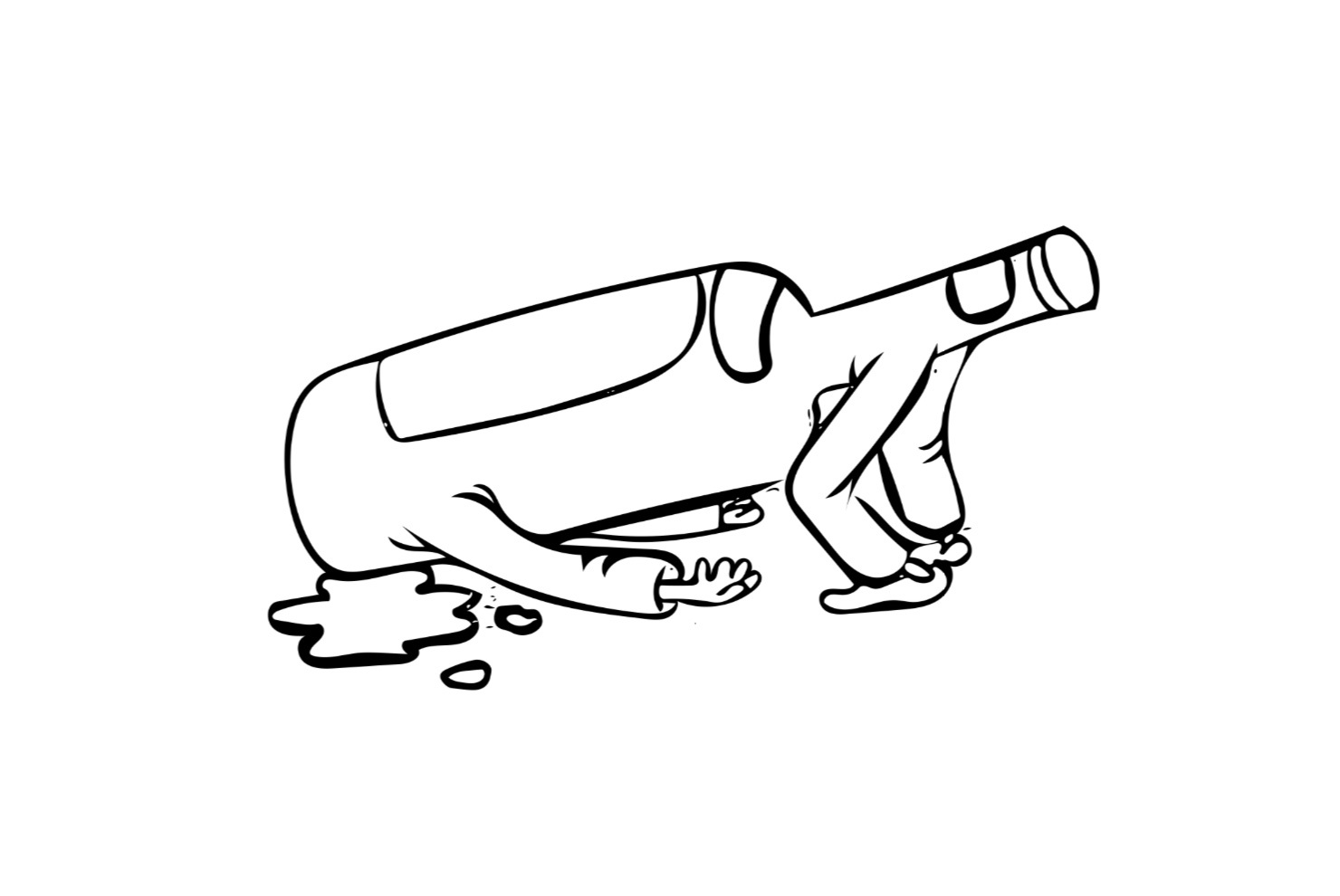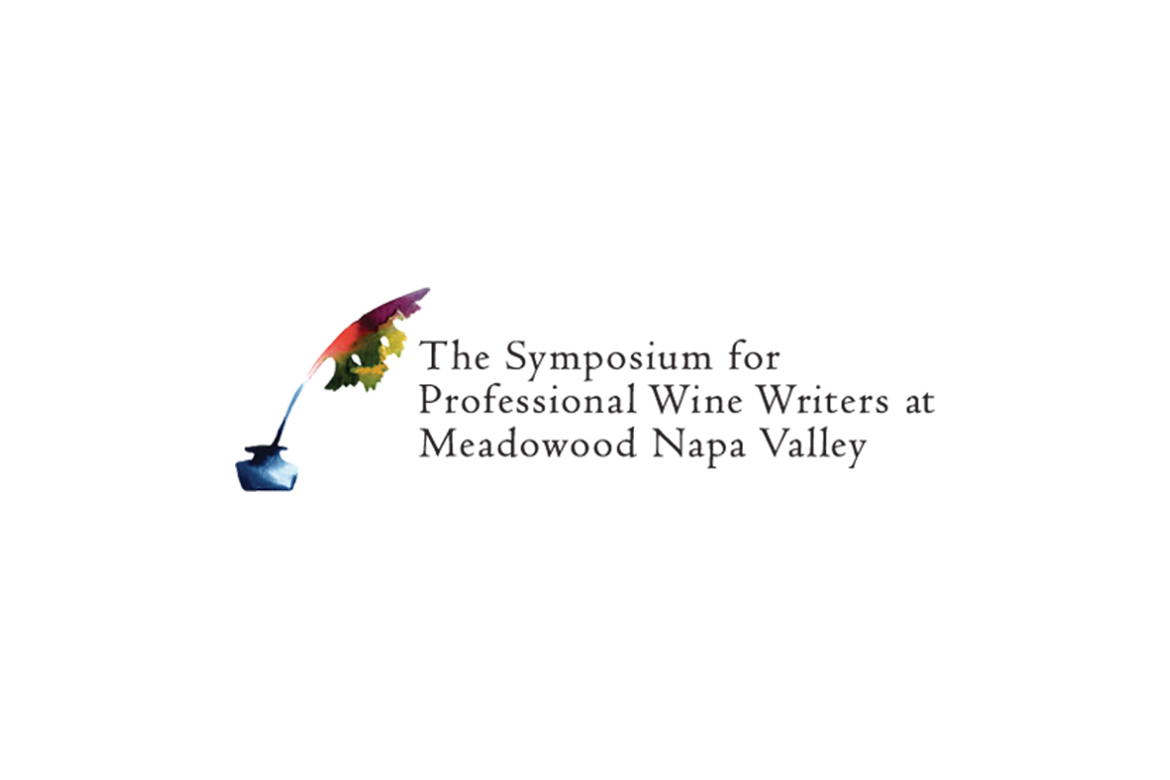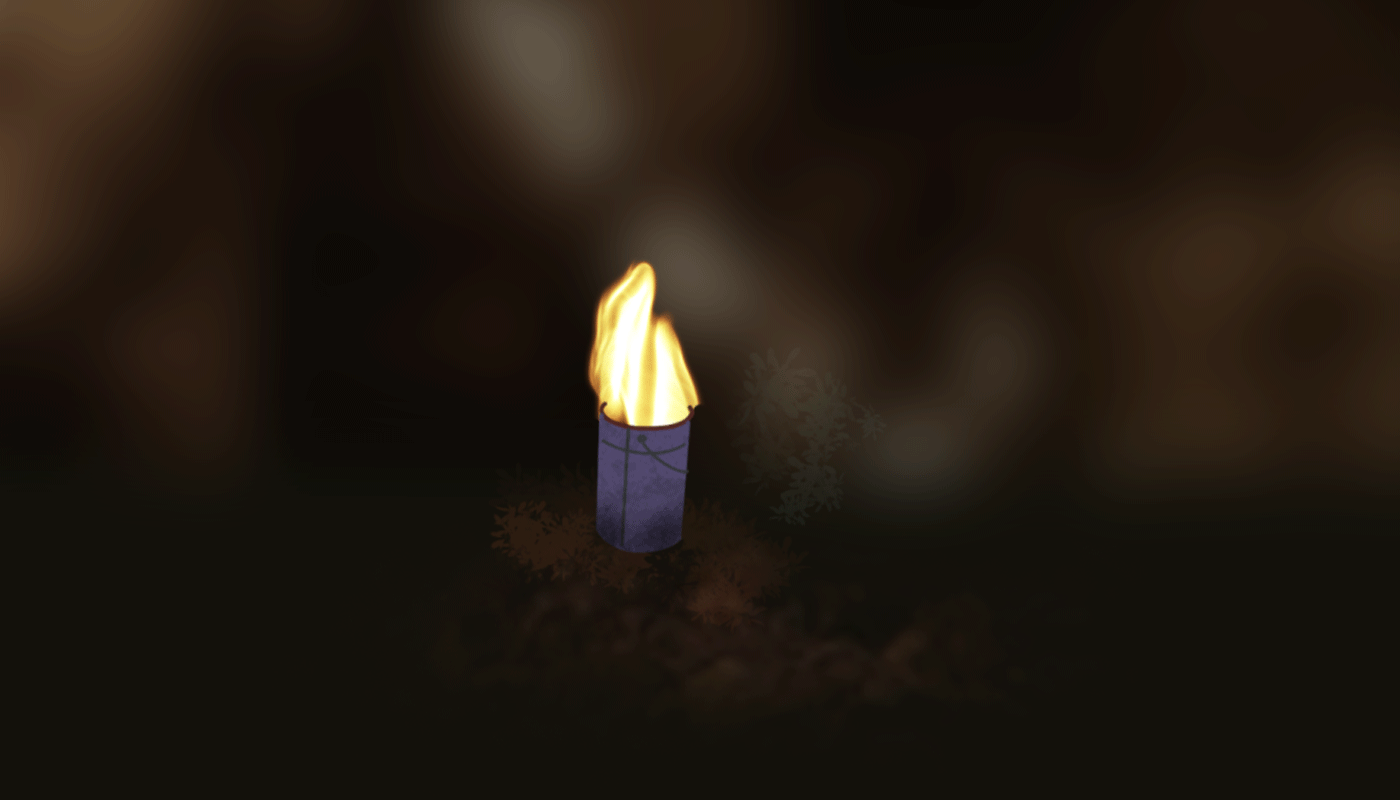You’ll walk right past The Laughing Heart twice before you find it. This is part of its magic—it is subtly hidden, unassuming in its way, tucked behind a minimalistic glass front. This is a relatively new natural wine destination (opened late 2016) here in wine-mad London, located on busy, hip Hackney Road.

The singular vision of one Charlie Mellor, sommelier and opera singer originally from Australia, it’s first and foremost a restaurant with a menu by chef Tom Angelsea. Focused on wine-friendly small plates and local sourcing, The Laughing Heart draws inspiration from the Cantonese-Italian fusion style happening right now in Sydney. The wine list here is truly exceptional, highlighting small (sometimes tiny) production growers with much lower than average margins. A combination of positively un-Londonlike late hours, a choice downstairs cave à vins for takeaway (occasionally featuring guest chefs), and hip, comfortably modern design has helped make Laughing Heart into one of this city’s great hospitality hangouts here in 2017.

I blame Charlie Mellor for my growing Jura obsession, as it was here I first became acquainted with the wines of Loreline Laborde’s Les Granges Paquenesses, and later another favourite, Les Dolomies. But for this interview I sat down with Mellor over a glass of Ad Vinum’s “8.86”, a Grenache/Mourvèdre rosé from the Gard, made by Sebastien Chatillon, ex-head sommelier of Le Chateaubriand in Paris. It’s a delicious, zippy, earthy wine reminiscent of cranberry skin, with crunchy minerality and such length and pure garrigue notes on the finish—it’s a rosé to be taken seriously, but still with a bit of fun. Not unlike The Laughing Heart.
This interview has been edited and condensed for clarity.
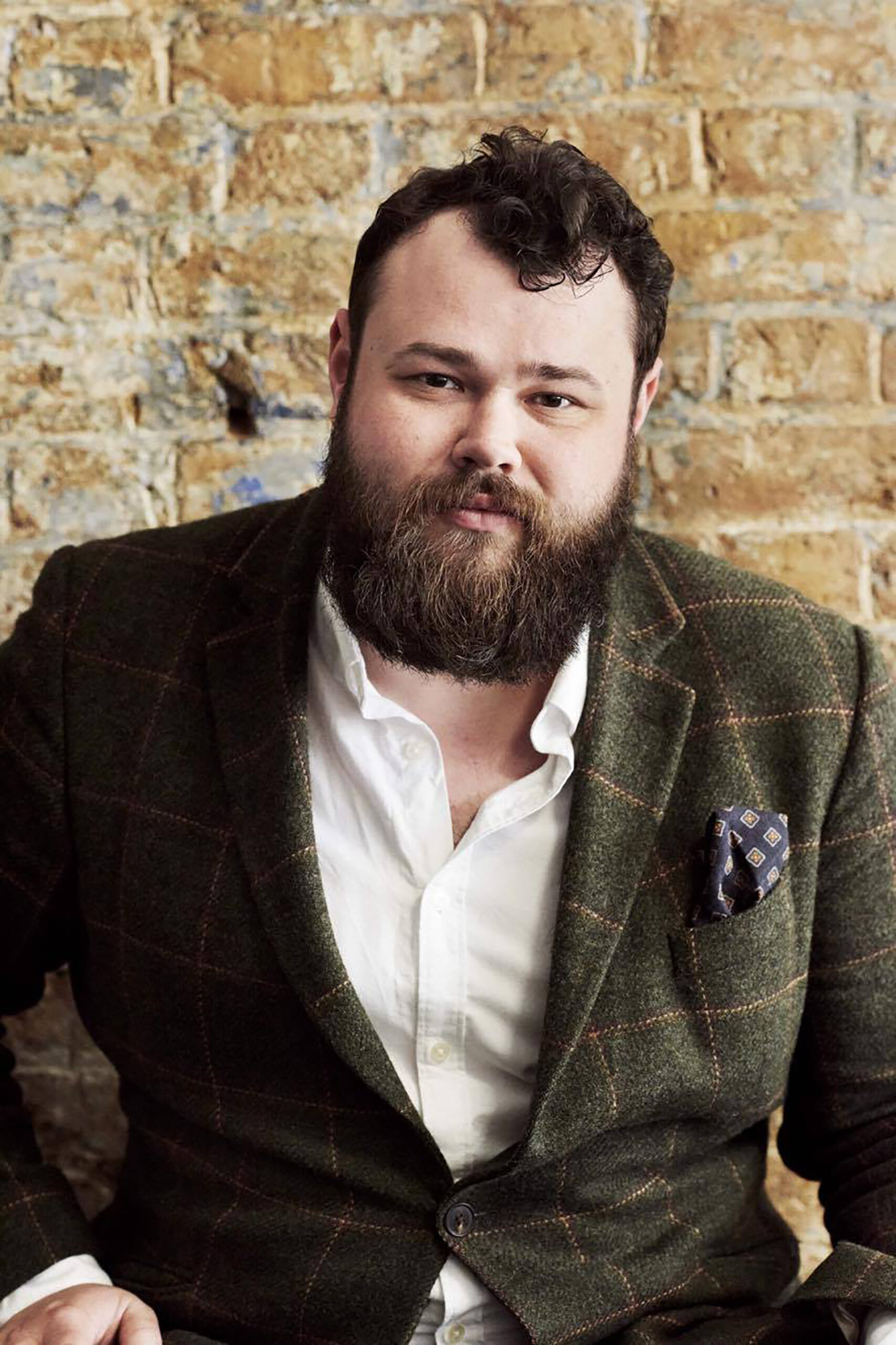
Hey Charlie, and thanks for speaking with me. So how did it all begin? What got you into wine?
It began at an early age for me. I remember vividly when I was 14 or 15 being invited to taste something special. Having grown up in Australia, Old World wine wasn’t something we had much access to, but one of my father’s friends was interested in European wine and had an interesting collection. One evening, the guys were um-ing and ah-ing over a bottle of white wine: a 1990 Trimbach. I asked for a taste. They were discussing grassiness, and I remember a feeling of suspended animation—being lost in the glass for what felt like a long time but which in reality was probably only a couple of seconds. I was able to draw away from it and say, “that smells of fresh dill.” I had identified it like a bolt to the head; it was an extremely powerful connection.
It gets harder as you get older—in wine, you become concerned with how much you don’t know and it’s easy to get caught up in insecurities. One of the hardest things about learning about wine is how subjective it is. You need to be brave and have a crack at it, and see what you get back. Is that bottle corked? Is there volatility? “Do you smell that too?” Your growth and progression can be accelerated by a good group around you or hindered by the wrong. It’s a strange thing to develop an education in because wine is about forming your own pathways; so much of it comes from complex memories of your own past with wine. That Trimbach was my wine moment.
How did your interest in minimal intervention wines begin—was there something that triggered it?
There have been a few “penny drop” wines for me—drinking 1997 Volnay 1er cru from Michel Lafarge, before he had converted to biodynamics but was working organically. I was fortunate enough to drink wines like Overnoy and Ganevat when I was 22. I started drinking at Terroirs in 2008 and so came into contact with these wines before they became cult. When I was a student we’d drink wines like those at dinner parties—they were so much more affordable back then. Those wines for me, along with Hervé Souhaut’s Saint Joseph and Gamay cuvées, these for me were wines that made me question, “What is it about these wines brings such amazing detail and freshness?”
After a lot of research I made the link that for me it’s about organic agriculture and spontaneous yeast fermentation. Those were the factors that got me interested in these wines. Now that I’ve been around them for a long time, I also taste wines that have been in new oak or that have been sulphured twice, but who cares? If it tastes good, I like it. For me it’s more about a philosophy of farming and it’s also definitely about spontaneous fermentation and about the magic and the infinite array of possibilities that this can create for flavour and aroma—the romantic aspects.
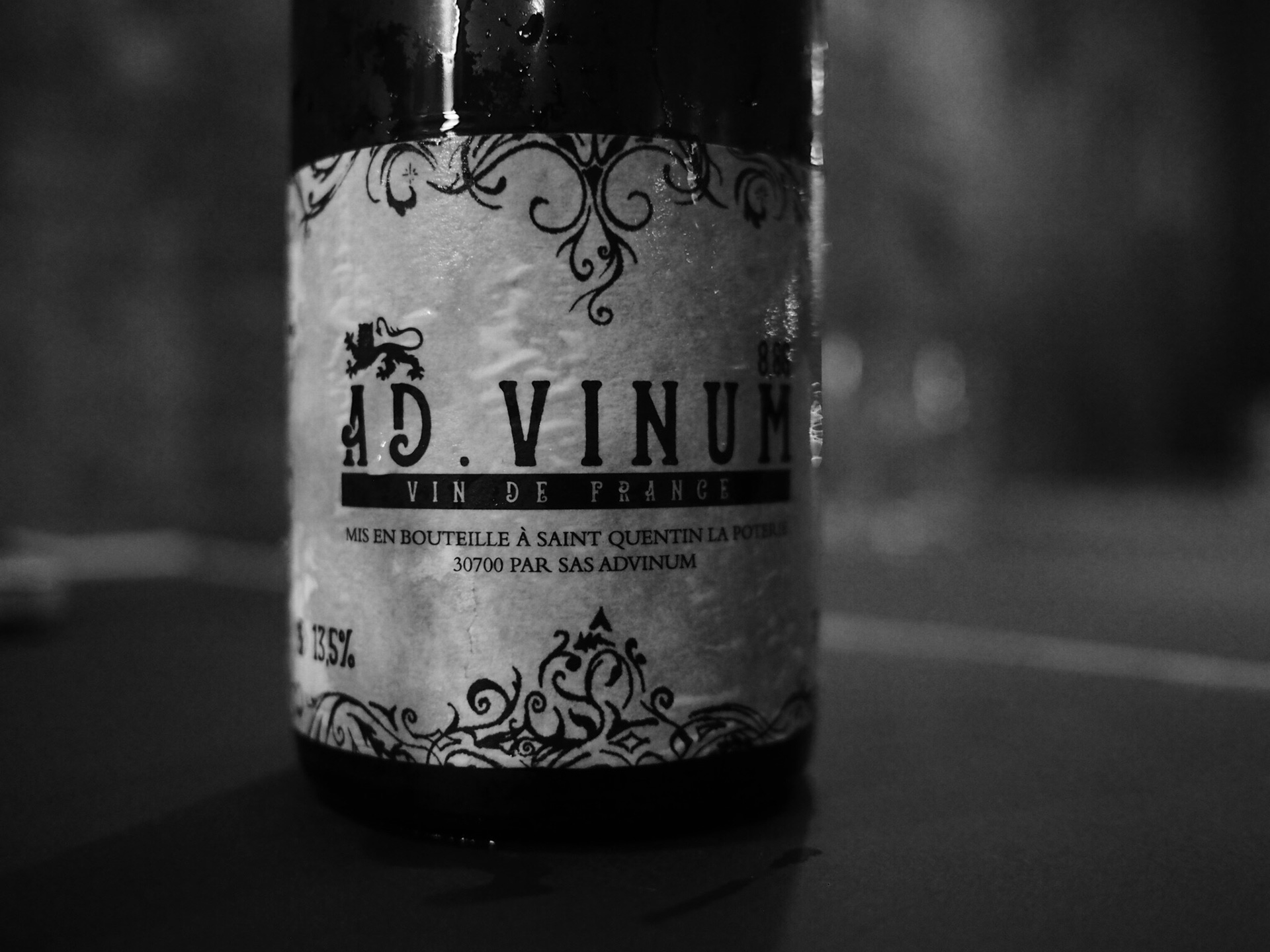
How did you wind up in London in the first place?
I originally moved here for university in 2008 for my masters at the Guildhall School Of Music and Drama so the vehicle was music. I left and went to the US for a while and returned to do some more music in 2012/2013, but it was more of a sabbatical and I wanted to make wine my focus for a while, and well…it was supposed to be a few months, which has now become six years.
How did your career progress in London and how did it lead to The Laughing Heart?
My first wine job in London was at Elliot’s as a sommelier, with Isabelle Legeron MW as consultant. I was promoted to GM and that escalated my career quickly; I owe Brett Redman a lot in that respect. He provided me with such a good opportunity to learn about the London restaurant scene as well as the operational side of things. I was then with P. Franco from the very beginning and went from there to Brawn when Ed Wilson took over. We started out together. From Brawn I left to go back to Australia and then came back—to Primeur this time. Then The Laughing Heart began. It’s been about four years.

Where else do you like to visit around the world?
The bar that inspired the concept for this restaurant was a place in Sydney, called 10 William Street. It’s a small wine bar in Paddington that’s owned by a couple of really fantastic Italian guys who have impeccable taste in wine, and have had their restaurant Fratelli Paradiso for a very long time. 10 William Street serves good booze with the same philosophy, with no agenda at all about making it trendy—it’s just been about what they like. They were way ahead of the curve, serving amazing charcuterie and pasta, but that pasta might have XO sauce. They’ve been doing that Chinese-Italian fusion thing for a long time, which is reflective of the Australian way of living. This, along with the fact I like Asian food was part of the inspiration. I also thought, “Why is nobody else exploring these flavours with wine? Imagine a wine like that,” [Mellor nods to my glass] “with something Thai.” How amazing could that potentially be? That coconut and fragrance. Everyone knows Peking duck and Burgundy is great but nobody had really been doing it, so I wanted to.
I also wanted to do a late-night place—Chinese is a go-to late night food, it’s appropriate. It can be fresh or fatty or focused—all those things. There’s another wonderful restaurant specialising in Chinese seafood in Sydney called Golden Century; they serve until 4am. It’s a well-known hospitality hangout where I’d go with my buddies. You would go with a wine team from a bar and bump into the kitchen team from another restaurant. There was always a great network there and it was a beautiful way of connecting everyone over scallops, ginger, and you’d share killer bottles of something. It’s the kind of place where you’d find your next job. The London restaurant scene was potentially missing something like that and so the Laughing Heart is kind of homage to that place.
How often does the wine list change?
I was thinking about that today. It changes all the time: it’s pretty dynamic. Our list is big and we keep stock levels low, partly because the wine quantities for small growers are of course small and allocations are tiny, so you can only work with some wines for a short amount of time—it’s there until it’s gone! There are only a couple of bottles of wines we still have in the building from our opening. We are constantly looking around for new things. I’m up for ideas—I’ll speculatively and theoretically like the sound of something and order three bottles, open one and pour it by the glass, see how I like it, and sell the other two; if it’s a hit we’ll get it again, if it’s not we’ll move on. The wines by the glass change every day.
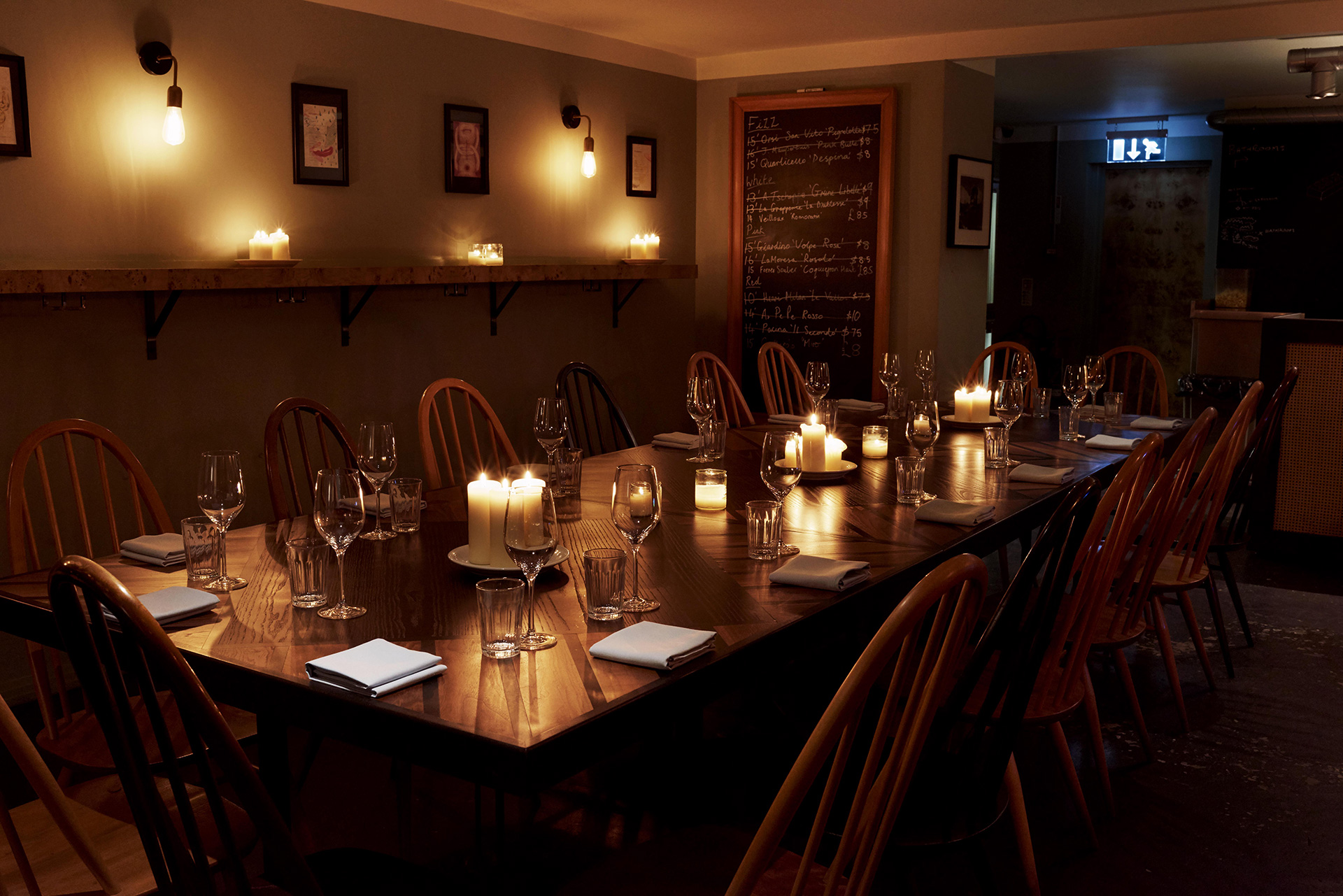
What is the most exciting emerging region for you?
I think we need to be looking more and more at Central Europe. I’m a big fan of Austrian wine. They may seem expensive, but when you think about the quality of what you get… Take a bottle of Christian Tschida Felsen II for example, which is arguably one of Europe’s best Syrahs in some ways… We sell it for £100. Whereas if you look for a heavy-hitting Rhone Syrah for the same money, it doesn’t exist… you know? You can’t get Allemand or one of those guys for that. This idea extends to Slovenia and Hungary too, and Germany is also showing me things I’m intrigued by.
And if you had two desert island wines what would they be?
That’s a mean question! On a desert island it’s hot, so… People ask me all the time if I have a favourite wine in the shop but it depends what kind of mood I’m in!
I laugh. Ok, how about one for the desert island and one if you’re stuck in Northern Norway, say on Svalbard?
Haha. I’d look for something refreshing but thoughtful and opulent with detail. Maybe a Brut rosé from Jacques Selosse? Why not take one of the rarest Champagnes in the world?
And for Norway… Maybe something like 2009 Garnacha from Els Jelipins.
Thank you, Charlie! I look forward to returning as always.
The Laughing Heart is located at 277 Hackney Rd, London. Visit their official website and follow them on Facebook and Instagram.
Christina Rasmussen (@Christina_SvR) is a freelance journalist based in London. This is Christina Rasmussen’s first feature for Sprudge.
All photos by the author for Sprudge unless otherwise noted.

